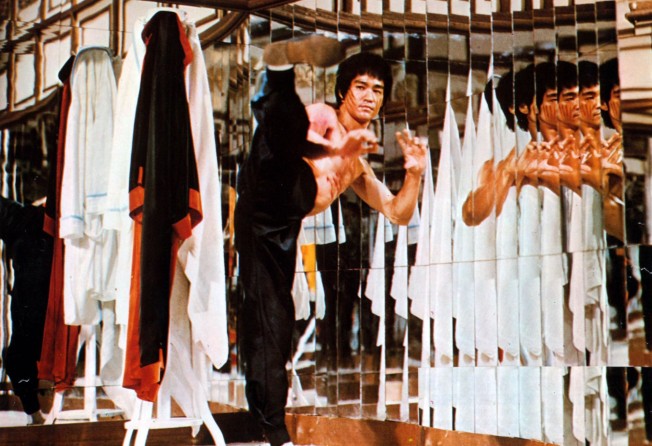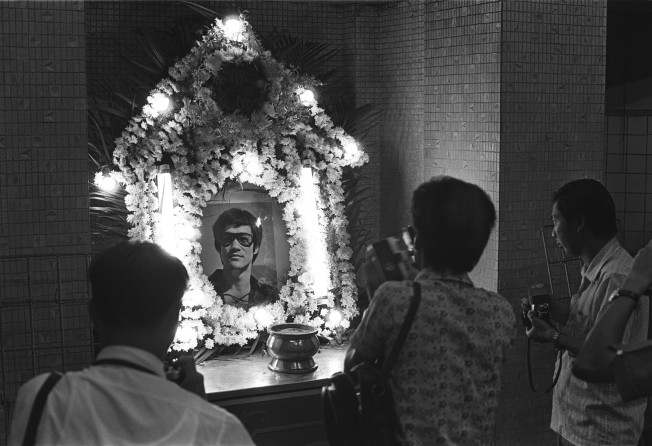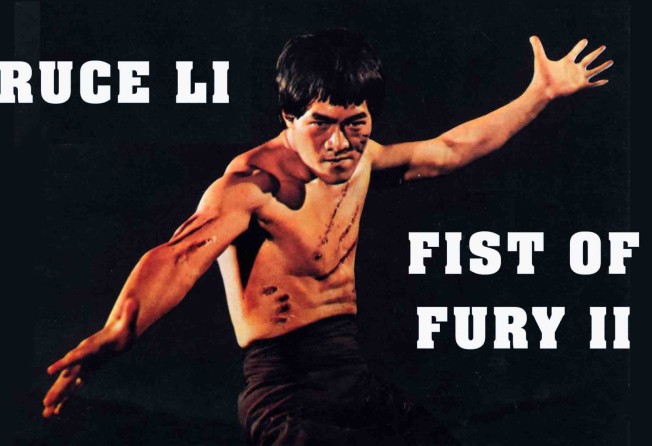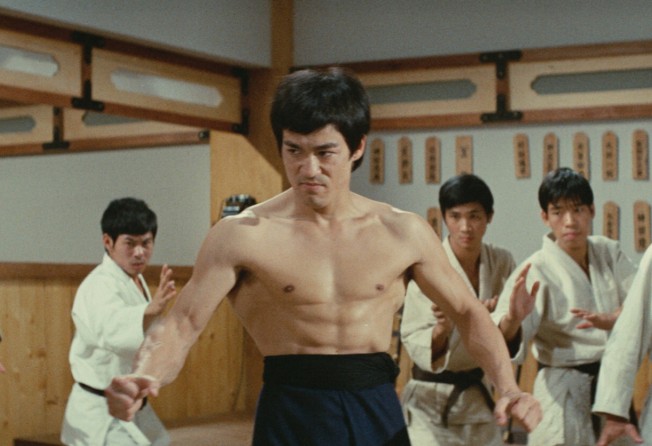
Kung fu mania in 1970s UK kept Bruce Lee’s memory alive after his death, thanks to dedicated fans and a society’s newsletters
- Fans in the UK communicated through the newsletters of The KFM Bruce Lee Society, which ran from 1976 to 1983. Author Carl Fox has collected them in a new book
- The content of the newsletters runs from the mundane to the outré. There are poems, art and a group even got together to make a kung fu film as a tribute to Lee

The dreary Britain of the 1970s seems a long way from energetic Hong Kong, but Bruce Lee still managed to amass thousands of dedicated fans there – even if most of them didn’t hear about the star until after his death in 1973.
British fandom is the subject of Carl Fox’s book The KFM Bruce Lee Society, which collects all the newsletters of the UK-based Lee fan club together. The result is an intriguing snapshot of Lee’s international appeal.
Unlike their counterparts in the United States, it was difficult for British fans to see Lee’s films, and they had to search out screenings. The fan club acted as an information exchange, with fans writing in with details of, for instance, the availability of Lee Super 8 films, which were often just trailers and clips.
Censorship was a big deal for British fans, as the British Board of Film Classification made many cuts, most notably excising any depictions of nunchaku, or nunchucks. Fans were continually enraged by the fact that they couldn’t see the full films, which were sometimes missing entire scenes when they played in cinemas, and the Society even organised an anticensorship petition and presented it to the censors.

British fans were sometimes martial artists, but were more likely to be film fans and collectors. Lee memorabilia – which included medallions, a die-cast metal version of the Green Hornet’s car (Lee played chauffeur Kato in the 1966 US series The Green Hornet), and even a pillowcase – was popular, and posters of Lee were in high demand.
“Working class kids in Britain saw Bruce Lee as an escape from whatever was going on in their lives at the time,” says author Fox in an interview with the Post.
“Being from a South Yorkshire mining town myself, the main employment destination for 16-year-old working-class kids in the 1970s who did poorly in school was the coal mines,” Fox says. “Seeing a Bruce Lee film at the cinema on a Saturday night was an exciting escape from the weekday shifts down the pits getting covered in coal dust. It didn’t cost a lot, so it was an affordable way to forget about things for 90 minutes.
“It was pure excitement for them, because they hadn’t seen anything like it before. There were action stars who could brawl, but they had never seen a guy like Bruce Lee, who was almost ballet-esque, and could beat up a whole army of people and look cool doing it. No one at the time displayed such speed and ferociousness, and he was charismatic, too.”

The well-known British love of the underdog also played a part. “One of the major things that made him appealing was his size – he wasn’t the biggest of guys. His size was what made him the underdog, and everybody roots for the underdog,” says Fox.
The KFM Bruce Lee Society ran from 1976 to 1983, and was an offshoot of Kung-Fu Monthly, a fan publication which printed posters of the star. Kung-Fu Monthly was founded in 1974 by British publishing titan Felix Dennis to capitalise on the kung fu craze that exploded after the release of Enter the Dragon.
“Dennis was told by one of his writers that a group of kids were queuing outside one of the cinemas,” says Fox. “So he walked down and asked the kids what they were waiting to see. ‘A Chinaman who beats people up,’ came the reply.
“Needing to see what the fuss was about, Dennis bought a ticket, watched the film, and went back to the office, saying that they needed to do a magazine and a book about Bruce Lee. That was the start of Kung-Fu Monthly.” (Fox is also editing a similar book about Kung-Fu Monthly.)

The content of the Society newsletters, edited by its dedicated president Pam Hadden in her spare time, runs from the mundane to the outré. There are fan poems, some fan art, and a group of readers even got together to make a kung fu film as a tribute to Lee.
It organised events like “Bruce Lee Week”, which aimed to spread the word about Lee and keep his memory alive.
Readers’ letters play a big part, ranging from requests for Bruce-loving pen pals to the absurd. “Do you think Bruce Lee is still alive?” wrote one hopeful reader. “I have had a lot of dreams recently, seeing Bruce walking on the streets and meeting people in secret and I have found out that these dreams can come true.”
However, unlike with Elvis Presley’s fans, the idea that Lee was hiding out somewhere did not gain much traction.
The fans had high standards – they wouldn’t just praise anything to do with Lee. The Game of Death, the shoddy film completed after Lee’s death by production company Golden Harvest, was much disliked. Fans thought it was an insult to Lee’s memory, although they praised the star’s own scenes.

Lee imitators like Bruce Li (Ho Chung-tao) – the stars of the “Bruceploitation” films that followed Lee’s death – were much derided. “If you have the address of this idiot, Bruce Li, or his film producers, I’ll send them a piece of my mind … no, on second thoughts, I’ll send a bomb!” an angry reader wrote.
Jackie Chan, who was introduced to British audiences via Battle Creek Brawl in 1980, didn’t fare any better. “Regarding his fighting ability (if that’s what you call it!) it’s non-existent. In no way is this man a fighter,” wrote a fan incensed by comparisons of Chan to Lee.
Lee’s popularity has declined in the UK over time, but the star still has many diehard fans, says Fox.

“Occasionally, a film magazine may feature Lee on the cover, and if they do, they are almost guaranteed to add 20 to 30 per cent to their monthly sales,” he says. “Sadly though, Lee’s popularity isn’t what it used to be in the UK. It’s never going to reach the height of the 1970s.”
In this regular feature series on the best of Hong Kong martial arts cinema, we examine the legacy of classic films, re-evaluate the careers of its greatest stars, and revisit some of the lesser-known aspects of the beloved genre. Read our comprehensive explainer here.
Want more articles like this? Follow SCMP Film on Facebook